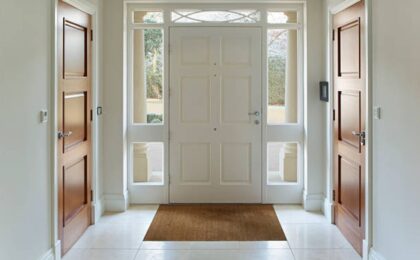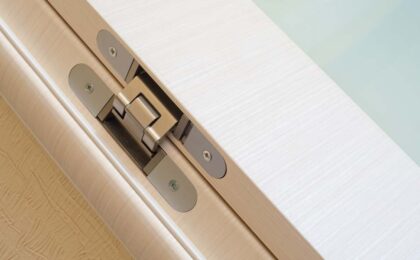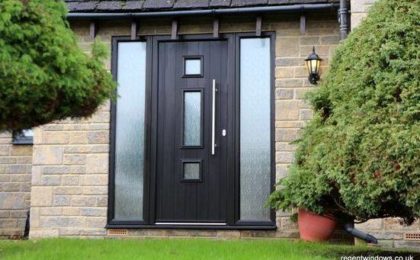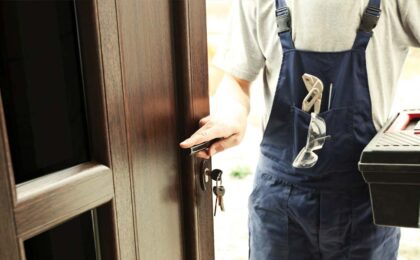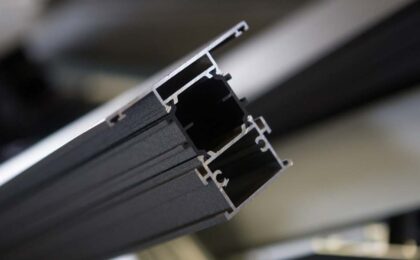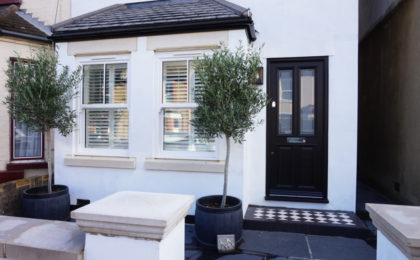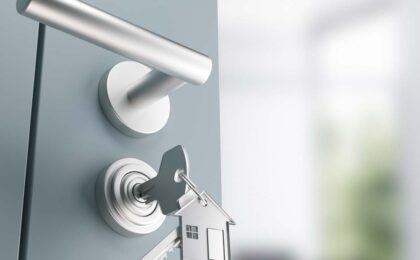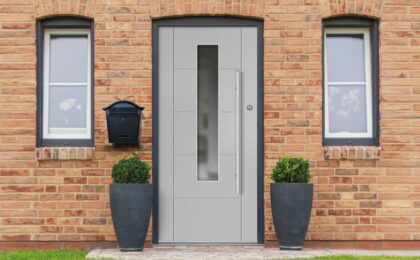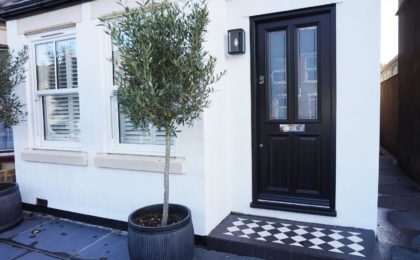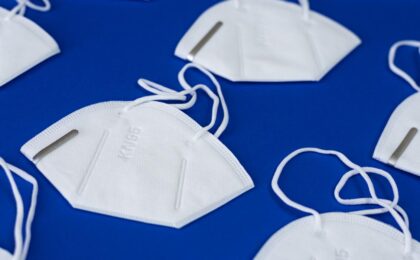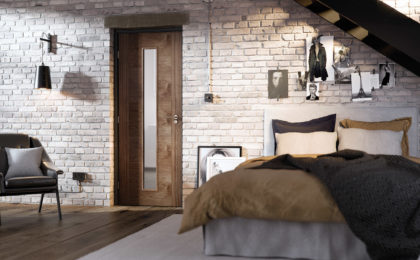Can you feel cold air creeping into your home through the nooks and crannies? When your entranceway can’t shut the weather out, your home’s thermal efficiency suffers.
If you want to prepare yourself for the following next chilly months, you’d better find a way to defend your home from outside elements. No, you shouldn’t turn up your thermostat but replace your front door with a composite door. Today, we are talking about the thermal and energy efficiency of different types of doors and explaining why composite doors score the highest.
What Type of Door Is Most Energy Efficient?
Wooden doors stand at the bottom of the list when we talk about energy efficiency. This type of door features poor insulation and even absorb some heat so you would be losing even more energy than with aluminum or uPVC doors.
Aluminum doors are slightly more energy-efficient than wooden doors but still not efficient enough. Heat can pass through aluminum doors in the blink of an eye. You can find high-quality aluminum doors with thermal breaks or double glazed windows that feature better thermal efficiency. However, this type of convenience comes with a hefty price tag.
The thermal efficiency of uPVC doors is variable. Most doors in this category score C energy rating, although you can find models with moderns seals that can boast A++ ratings. Speaking of energy efficiency ratings, doors are given A to G ratings. If you want to improve energy efficiency in your home, we highly suggest avoiding doors rated as D or below. C-rating is a bare minimum while A and B-rated models offer the best insulation and efficiency.
Composite doors are typically at least 6mm thicker than other types of doors that are no thicker than 44mm at best. The main reason for this is in the laminated hardwood or polyurethane foam core that is draught-proof and provides top-notch thermal isolation.
Ask about the U-value when buying a new door. This is an indicator of how much heat is getting lost through the door. A very low U-value (1.8W/m2) is a clear sign the door meets the latest thermal standards.
Solidor composite doors feature a high-quality, chamfered or sculpted frame, unique 48mm thick core, and double glazing that reduces heat loss. Not only Solidor composite doors meet but also exceed building regulations and energy efficiency standards. As a cherry to the top, you can choose between various door styles and colors and design your ideal door.
Summary
Up to 35% of heat gets lost through a poorly insulated door. Replacing your old door with a composite door can prevent the heat from escaping outside and help you save up some money on your energy bills. Afforde Doors is a proud supplier and installer of Solidor doors. If you would like to equip your home with a stunningly-looking composite front door, request a quote or contact us today!
 0208 643 3641
0208 643 3641

